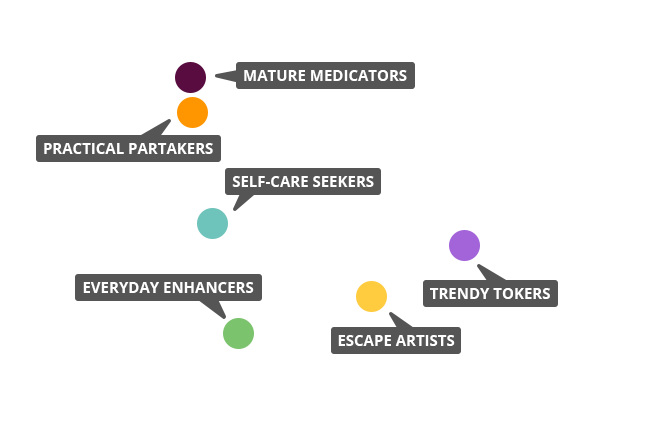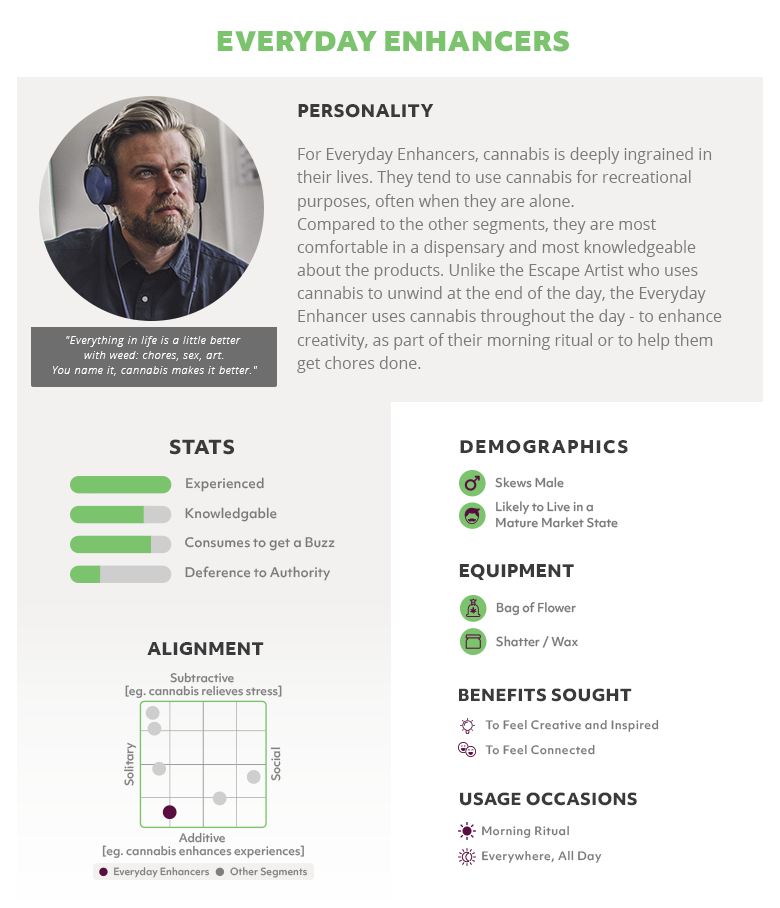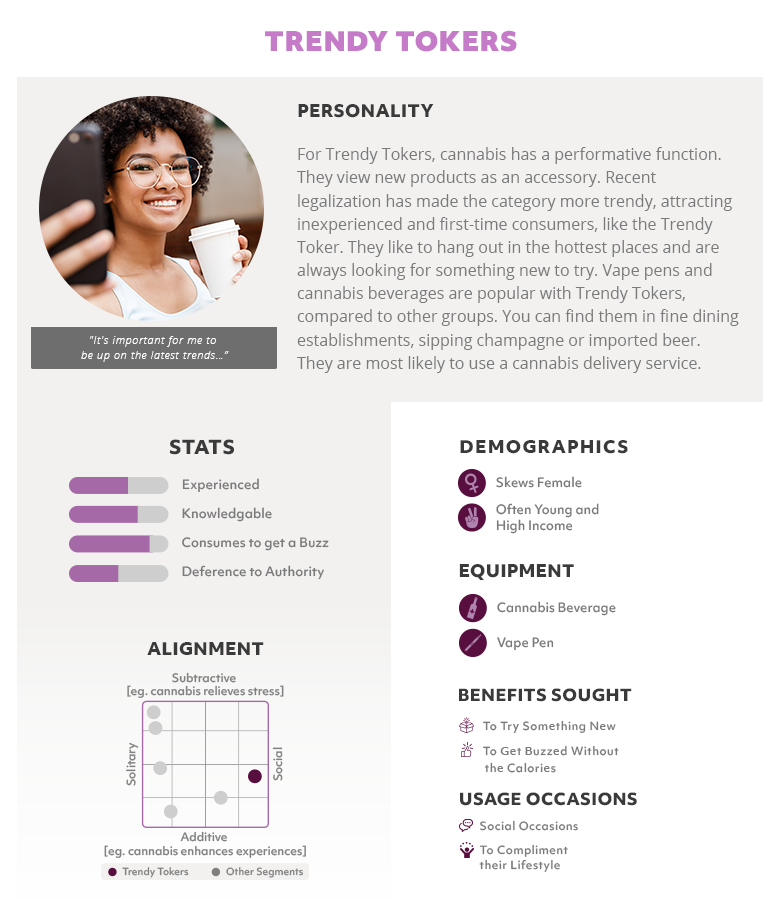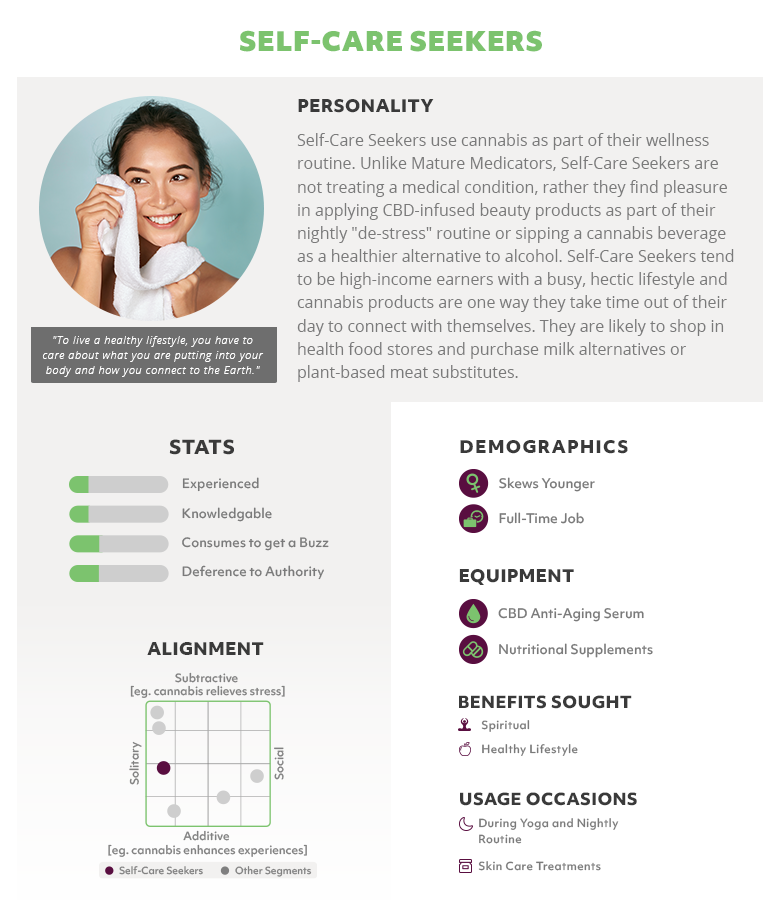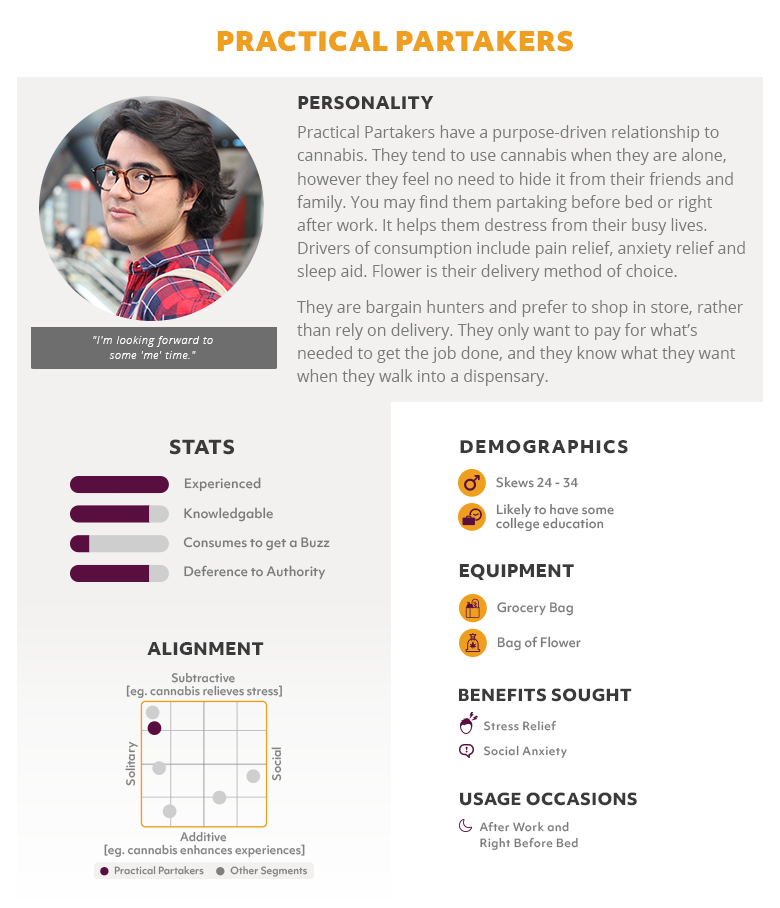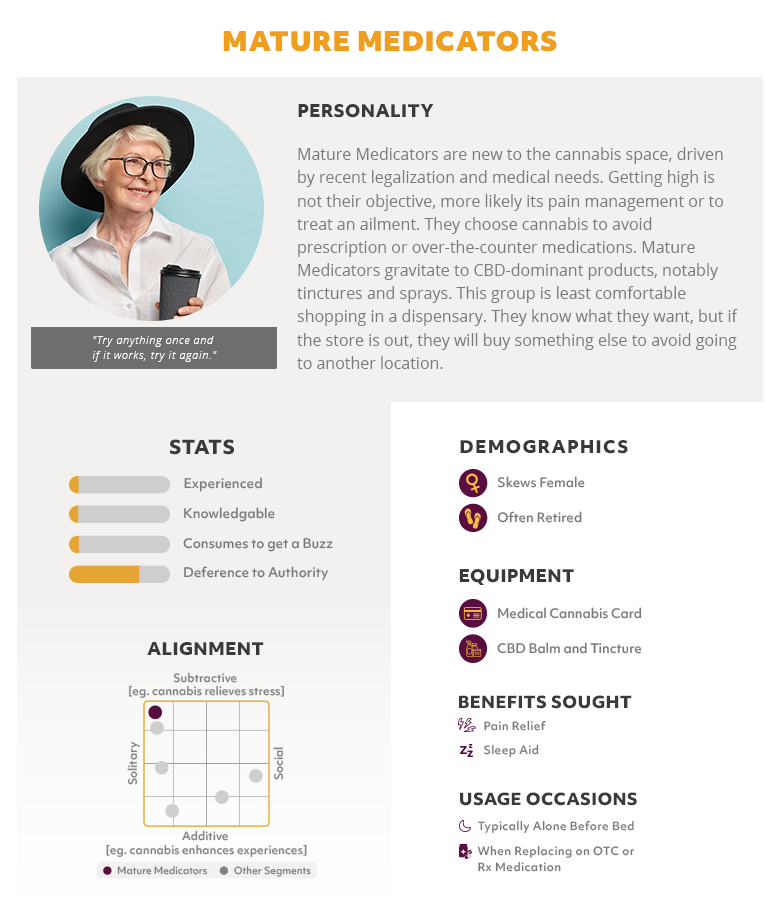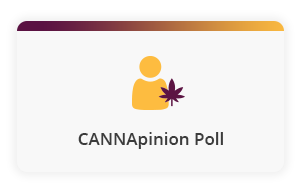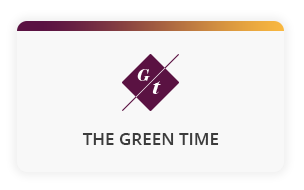Colorado Amendment 64, passed just shy of a decade ago in November 2012, legalized recreational cannabis use in the Centennial State and paved the way for retail sales and market growth. Although California legalized medical cannabis many years earlier (1996), Colorado (along with Washington state) was one of the first states to legalize the drug for recreational use.
Since that time, the statewide cannabis market has blossomed and continues to grow, and many other states have followed suit. Colorado is still seen as a beacon of the movement to legalize recreational cannabis products, and its politically friendly atmosphere has attracted users, investors, and dispensaries.
But the keys to success in Colorado’s cannabis industry, as in so many others, lie in the precinct of effective, practical decision making, and without information, that’s an impossibility.
Let’s take a look at some helpful Colorado cannabis consumer insights.
Market Sizing
The market for legal cannabis in Colorado is one of the biggest in the nation. In 2021, the total industry for cannabis in Colorado cumulatively surpassed $10 billion in sales since the program began officially in 2014.
Through 2020, annual sales increased 25% from 2019. Whether this was due to pandemic-fueled isolation or simply growing, widespread acceptance, at the moment, is anyone’s guess. All the same, the figures don’t lie. 2021 has also been a record year.
When comparing retail (recreational adult-use cannabis) alongside the medical marijuana industries in the state, retail sales are, on average, larger. Per location, in 2019, retail sales were on average just shy of about $2.5 million, whereas medical channels sold on average just over $750,000.
As of 2020, Colorado has more than 400 cultivators. At the outset of 2020, Colorado had 438 licensed medical marijuana dispensaries and 572 licensed cannabis retailers. The latter figure is and has been growing consistently. By the end of 2020, there were over 590.
As for the number of users, that figure would appear to be fairly lucrative as well. Estimates of the number of recreational and medical users are both high and growing. By 2021, the state had over 85,000 users of medical marijuana. The estimated size of the recreational, adult-use markets are between 550,000 and 650,000, but of course, that number could be larger in actuality.
Takeaways:
- Cannabis sales are growing in Colorado every year.
- Colorado is consistently adding cannabis retail licenses.
- Cannabis consumption (both medical and recreational) is rising, but growth among recreational users is stronger.
Market Demographics

Without performing a custom, targeted study of your local cannabis demographics, we can only offer national figures and splice them into what we already know about Colorado cannabis consumer insights.
Nationwide, there are both male and female consumers of cannabis products. Currently, around 60% of sales go to male users, but that trend is decreasing as more and more women officially begin participating in legal cannabis markets.
You might not expect it, but education appears to be correlated to cannabis usage. Those with college degrees or even associate’s degrees are more likely to purchase recreational cannabis than those with only a high school diploma.
Both employed and unemployed consumers exhibit demand for cannabis products. Nearly a third of unemployed consumers are users of marijuana.
Nationally, by far, the largest cohort of cannabis users are millennials. Estimates place the national recreational figures for millennials at anywhere up to 50% of the market. The next largest cohort is Gen X, at about 25%. Together, these two demographics constitute about 75% of the market for cannabis users. Interestingly, the next largest cohort is baby boomers – at around 15%.
Purchasing Habits
Colorado consumer insights regarding purchasing habits are also valuable. Knowing what to sell to your customers can be the difference between a sale and a lost opportunity. For these purposes, we’re going to defer to information gathered in 2019 and earlier.
In 2019, flower constituted 44% of cannabis sales in Colorado. It held a majority over concentrates (31%), while edibles consisted of 15% of sales. The remainder of sales in Colorado consisted of pre-rolls and other goods.
Let’s contrast this with data from 2018, which estimates flower sales at 45%, concentrate sales at 33%, and edibles at 6%. It looks like there’s little change.
However, taking a step back in time to 2015 paints a clearer picture. In that year, flower constituted 65% of cannabis sales in Colorado, with 15% allocated to concentrates and 12% to edibles.
Flower sales, as a percentage of the total, have shrunk consistently over the years, losing ground to concentrates. Preference for edibles has grown consistently, albeit very slowly.
However, this is not at all to suggest that the market for flower is dwindling and that the future lies with concentrates. Since sales overall have grown considerably, the volume in reach category has also grown in kind. It simply means that if there was doubt regarding the future of concentrate sales, the figures tell a clear story.
Colorado Cannabis Consumer Insights: Projections
No one can say with any authority what exactly the future holds, but if the past is any presage, cannabis sales in Colorado will continue to flourish, even allowing for proliferation into additional product categories like cannabis drinks and the like.
According to Statista, Colorada cannabis sales in 2022 are expected to meet or exceed 2.5 billion dollars. That is a significant increase from 2021, which in turn exhibited strong growth from 2020, and when compared alongside 2019.
For entrepreneurs that are interested in investing in the cannabis market in Colorado – and even for retail locations looking to extract more value from their investments, Colorado cannabis consumer insights can help.
Revamp Business with Custom Colorado Cannabis Consumer Insights
Raw figures like the ones presented in this article only give a sense of where the cannabis market in Colorado is likely to go. They paint a positive picture of growth and buying habits, but they don’t answer the granular, targeted questions that business owners need to answer in order to secure the greatest success.

Questions associated with local buyers in your target market, what their purchasing habits are, how they like to pay, or what products might merit testing and development, all can’t be answered by vague national statistics.
These are the kinds of questions that can only be answered by purpose-driven, customized Colorado cannabis consumer insights – and we are ready to partner with you to help you drive business.
Get in touch with us today at 818-989-1044 or at hello@isacorp.com to learn more about how our customized research surveys and other data-collection services can help you gain actionable insights for your cannabis business.










